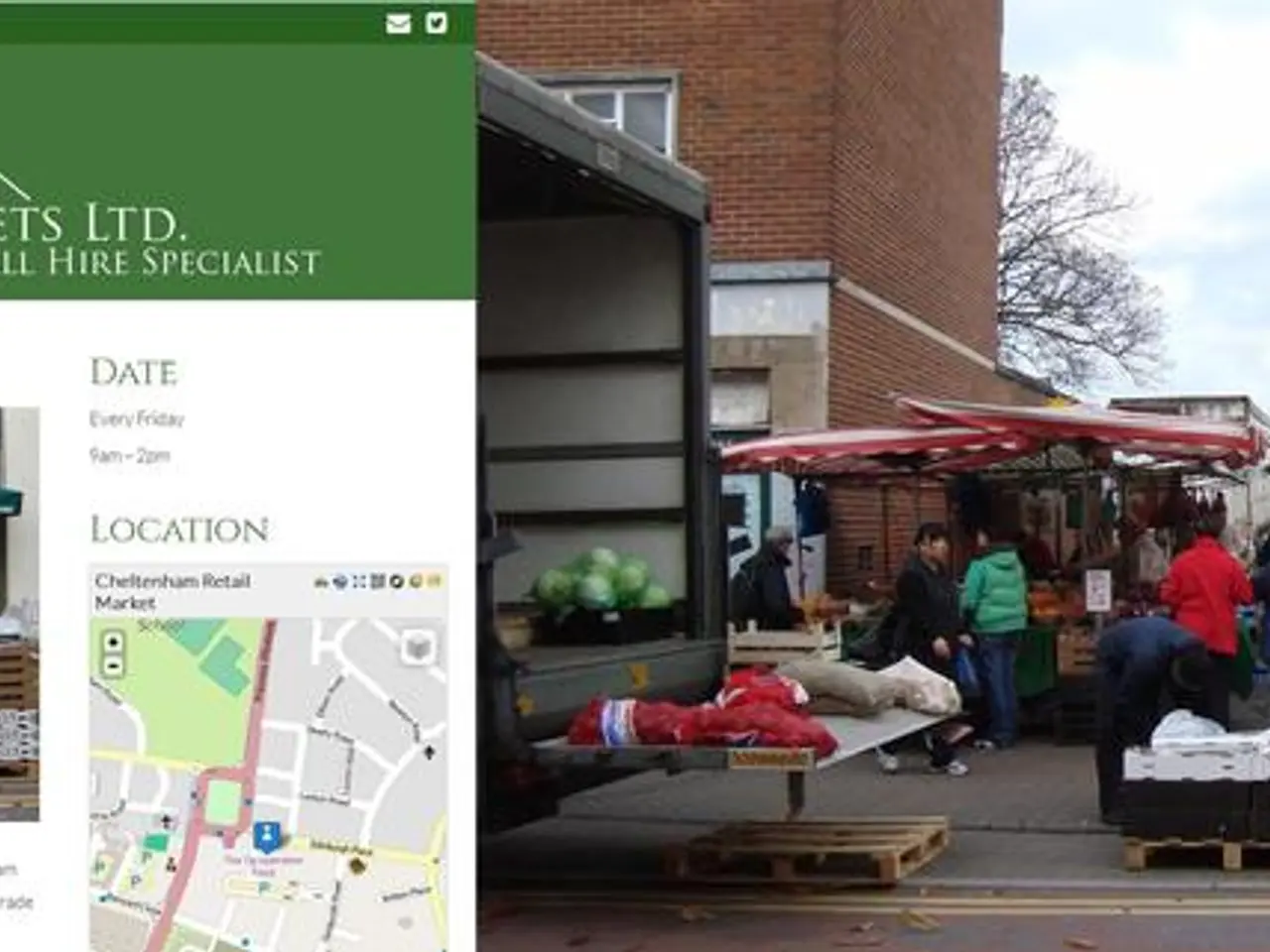Gulf stocks generally demonstrate growth, fueled by expectations of Federal Reserve easing; Egypt's market experiences consecutive victories
In the world of Gulf equities, the outlook remains cautiously optimistic, buoyed by strong foreign investor inflows and a robust Initial Public Offering (IPO) market. Despite the uncertainties surrounding US trade policy, mixed corporate earnings, and global economic conditions, the region's markets continue to attract international investors.
Foreign investors significantly increased their exposure to Gulf stock markets in Q2 2025, with net inflows rising by 50% to $4.2 billion. This extends a six-quarter streak of net foreign inflows, with a 39.8% year-on-year rise in the first half of 2025 to $7 billion. Saudi Arabia notably led in attracting foreign capital, reflecting confidence in its market reforms.
The Gulf IPO market has also experienced healthy growth. In the first half of 2025, 27 firms raised $4.1 billion, up from $3.57 billion last year. This growth persisted despite volatility from US trade tensions and geopolitical factors, supported by strong corporate fundamentals in banking and industrial sectors less vulnerable to conflict.
Gulf markets showed mixed reactions amid concerns about US inflation and trade tensions. For instance, Saudi Arabia's index softened on worries about tariffs fueling inflation, which also influenced oil prices and thus regional equity sentiment. However, Dubai's market showed resilience with gains led by financial stocks.
The prospect of a U.S. Federal Reserve interest rate cut further encourages risk appetite and investment in the region. Recent US labor data signaling economic cooling has sharply increased market expectations of a Fed rate cut as soon as September 2025. Such a cut would generally lower borrowing costs globally and weaken the dollar, making emerging markets like the GCC more attractive for investors.
Ongoing economic and market reforms in GCC countries aim to boost secondary market liquidity and global index weightings, further enhancing market attractiveness and investment participation from international investors.
However, not all sectors are performing equally well. Brent oil prices fell to their lowest in a week, down 2.3% at $68.06 a barrel by 1310 GMT. Oil giant Saudi Aramco shed 0.4% ahead of its earnings announcement on Tuesday. Meanwhile, the diversified aviation services provider, ADA, posted a 79% decrease in quarterly net profit attributable to shareholders, leading to a 10% drop.
In terms of individual market performances, Gulf Navigation Holding, a maritime and shipping firm in Dubai, rose for a second day, ending 5.2% higher. ACWA Power in Saudi Arabia advanced 3.1% on Monday. Egypt's blue-chip index advanced for a third day, rising 1.3%. Commercial Bank in Qatar rose 0.9% on Monday, and the Qatari benchmark index rose 0.1% on the same day.
Qatar's main electricity and desalinated water supplier QEWC reported a 2.7% increase in half-year net profit. Salik, a tolls operator in Dubai, gained 1% on Monday, and Nice One Beauty Digital Marketing posted a quarterly net loss compared to a net profit a year earlier, causing a 10% drop.
Most of the Gulf region's currencies are pegged to the U.S. dollar. The U.S. added fewer jobs than expected in July, which could potentially impact the region's monetary policy. Sharp downward revisions to previous months' job numbers in the U.S. also raise concerns.
In summary, while Gulf equities face uncertainties from corporate earnings variability, US tariff policies, and global economic conditions, the combination of strong foreign investment, increasing IPO activity, and likely U.S. interest rate cuts points to a constructive environment for the GCC markets in 2025. Investor confidence appears sustained by regional reforms and sectoral strengths, particularly in Saudi Arabia.
- The increase in foreign investor inflows and robust Initial Public Offerings (IPOs) in the Gulf equities market has created a cautiously optimistic outlook for the region's markets, with net foreign inflows rising by 50% to $4.2 billion in Q2 2025.
- Gulf markets offer potential opportunities for investing, particularly in sectors like banking and industry, which have shown strong corporate fundamentals less vulnerable to conflict, even amid global economic uncertainties.
- The prospect of a U.S. Federal Reserve interest rate cut could further encourage risk appetite and investment in the GCC region, as it would generally lower borrowing costs globally and weaken the dollar, making emerging markets like the GCC more attractive for investors.
- Despite mixed individual market performances and sectoral challenges, ongoing economic and market reforms in GCC countries strive to boost secondary market liquidity and global index weightings, thereby enhancing market attractiveness and investment participation from international investors.




